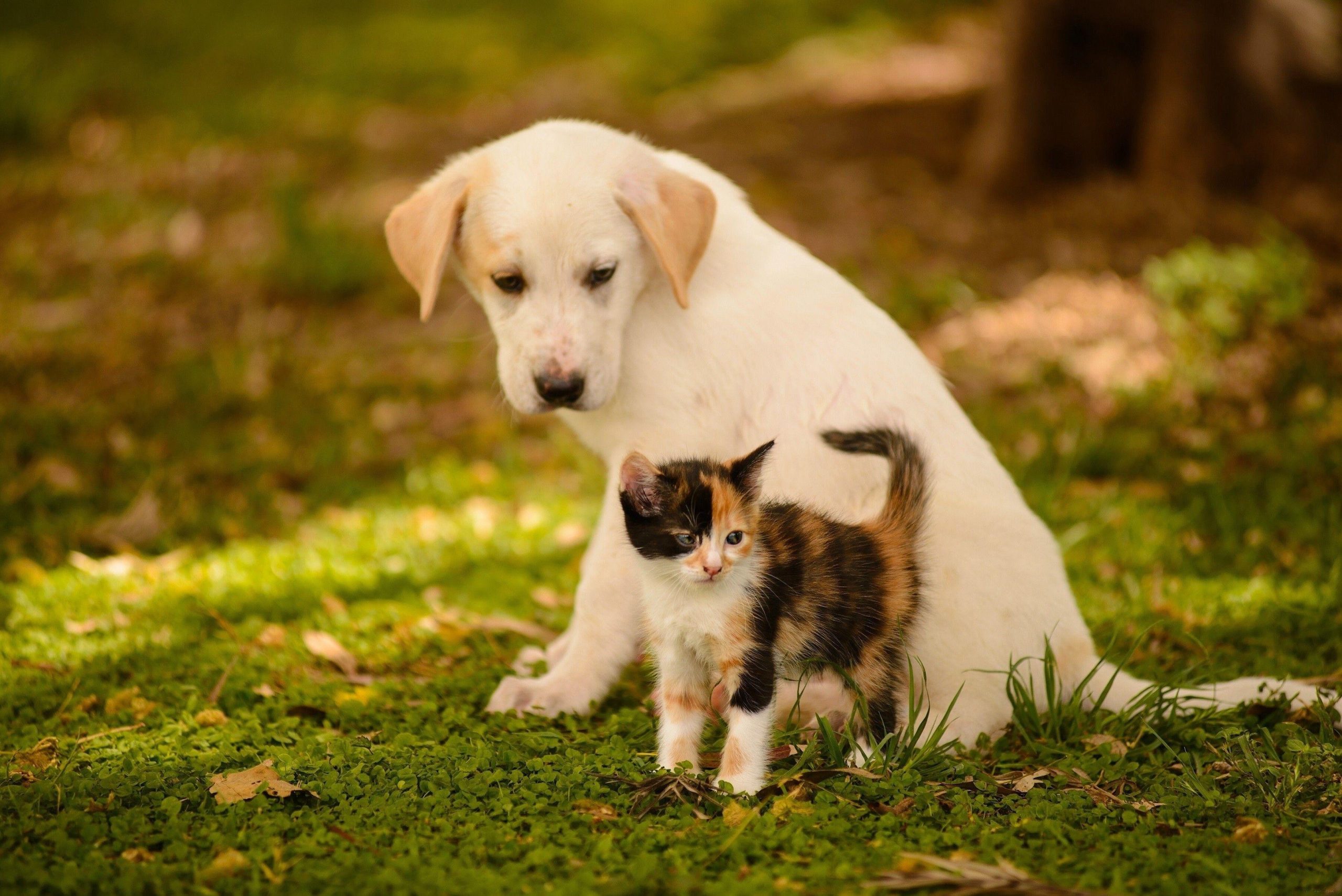Dogs love receiving affection, but not all pets are created equal. Learning proper technique for petting dogs helps ensure enjoyable, safe interactions for both canine and human. Follow these tips to master the art of petting dogs in ways they love.
Let the Dog Approach First
A good rule of thumb is to allow the dog to initiate contact and come to you first before reaching out to pet. This gives them autonomy and avoids startling them. Signs a dog wants to be petted include:
- Approaching you voluntarily
- Nudging their head toward your hand
- Leaning their body against your legs
- Wagging tail and relaxed posture
Let these cues guide you rather than forcing pets on a dog showing signs they want space. Pay attention to body language.
Use Slow, Open Palms
When first reaching to pet a dog, extend your palm slowly and let them sniff and inspect you before making contact. Quick, hovering hands can seem threatening. Keep hands low to avoid reaching over their head.
Gently rest your open palm on the dog’s shoulder, chest or side when they indicate readiness. Don’t immediately start patting or rubbing until they settle into your touch. Slow beginnings help build trust.
Pet in Preferred Spots
Most dogs enjoy focused petting in these “sweet spots”:
- Chest, shoulders and along the back
- Underside of the chin, cheeks and around ears
- Along the dog’s back and rump above the tail
Many dislike directly touching the top of the head, legs, paws and tail. Pay attention to where your dog leans into your hand most. Each dog has unique likes and dislikes.
Keep It Light and Gentle
Use gentle pressure at first, slowly increasing if they respond well. Light pets in preferred areas are safest for establishing new bonds with dogs. Some tips:
- Stroke straight or lightly scratch in circles.
- Adapt pressure to their reaction. Lighter for sensitive dogs.
- Avoid restraint or bear hugs. This can feel coercive.
- Be aware of any pain signs like flinching or shying away.
Err on the side of gentleness, especially with new dogs. Let them guide preferred firmness and speed.
Give Them Options
Provide dogs some control during petting by following these tips:
- Pet at an angle they can step away easily, don’t corner them.
- Attempt short pets then pause to allow space.
- Alternate with treats to keep it positive and voluntary.
- Stop immediately if they seem uncomfortable.
Giving dogs options prevents a forced feeling and lets them signal their preferences. Respect their boundaries.
Watch for Signs to Stop
It’s important to politely cease petting when a dog shows signs of discomfort, anxiety or overstimulation, including:
- Turning or moving away
- Lip or nose licking
- Yawning, whining or sudden stillness
- Ears back, furrowed brow, tense jaw
- Growling, snarling or snapping
Pay close attention throughout interactions. Stop petting if behavior cues shift.
Proper Petting Etiquette for New Dogs
Use extra care when first petting unfamiliar dogs:
- Wait for invitations to approach rather than advancing unprompted.
- Ask the owner’s permission and for any needed tips or warnings.
- Avoid prolonged direct eye contact, which can seem threatening.
- If in doubt, do not pet and keep hands in neutral visibility.
Take cues from the owner and dog’s receptiveness. Don’t overwhelm dogs just tolerating, not enjoying, contact.
Conclusion
Petting provides soothing touch for both dogs and humans. By learning proper petting techniques, we can ensure mutually enjoyable interactions that strengthen our bonds. Pay attention to your dog’s unique preferences and respect their boundaries. With patience and compassion, petting can be a wonderful shared experience!
Frequently Asked Questions About Petting Dogs
How can I tell if a dog wants to be petted?
Signs include approaching voluntarily, nudging you, leaning into your hand, relaxed tail wags, soft eyes and calm demeanor. Let them make first contact.
Where do most dogs dislike being petted?
Common sensitivity spots include paws, legs, tail, ears, top of head and areas around private parts. Stick to shoulders and chest unless they guide you otherwise.
Why do some dogs growl or snap when being petted?
This signals overstimulation or discomfort. Immediately cease petting and give them space. Don’t punish growling – it’s communicating their boundaries.
What if a dog seems scared of petting?
With timid or fearful dogs, go very slowly and avoid prolonged eye contact which can seem threatening. Let them approach first and set the pace.
How can I help a dog enjoy petting more?
Pair gentle pets with treats to build positive associations. Start light and give them control to move closer or pull away freely as desired. Be patient.

